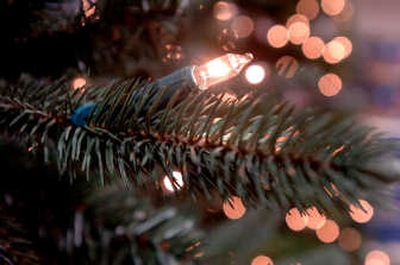Make your tree the real deal

A real tree or a fake one? That has been a big debate the last decade or so as more and more people have purchased artificial trees.
Artificial trees do have their appeal. They don’t shed needles all over the living room at the end of the holidays. They are easy to pack away in a box and stash in the attic. They look more realistic than ever. Some are fire retardant.
But, you know there is something missing from all this convenience. To me there isn’t any heart in it.
First, just getting the tree can turn into some of the best family quality time you can have during the holidays. Whether you go to a tree lot or to a u-cut tree farm, it can be an adventure for everyone. You can’t beat the excitement in the kids, even the big ones, when you find just the right one. I wouldn’t trade that memory for the world. An added benefit is what we pay for the tree stays in the local economy.
Second, a real tree is a better environmental choice than an artificial one. Artificial trees are made out of plastic and metal from nonrenewable resources like petroleum and aluminum. An artificial tree might last 10 years before it ends up in the landfill where it can last for many decades. When an artificial tree does burn, they may release toxic gasses that compound an already dangerous situation.
Most Christmas trees are grown on farms these days like any other agricultural crop, so the argument that you are taking a tree out of the forest really isn’t accurate. Most tree farms are replanted every 10 years with a variety of species of trees so they make great wildlife habitat year round. The sheared trees grow very thick and are a favored cover for birds in the winter. An acre of Christmas trees provides the daily oxygen requirement for 18 people. The growing trees also filter out dust and pollen.
Last, a real tree gives back to the environment at the end of the holidays. You can use the branches to cover tender garden plants over the rest of the winter. In the spring, they can be chipped up and used for mulch in the garden.
Many communities including Spokane and others in the Inland Northwest have community collection programs. School and civic groups collect the trees as a fundraiser to support their activities. The trees are then chipped by a variety of entities and recycled back into community parks, gardens or to farms for animal bedding and other agricultural uses.
Do you get all that out of a box of plastic and metal?